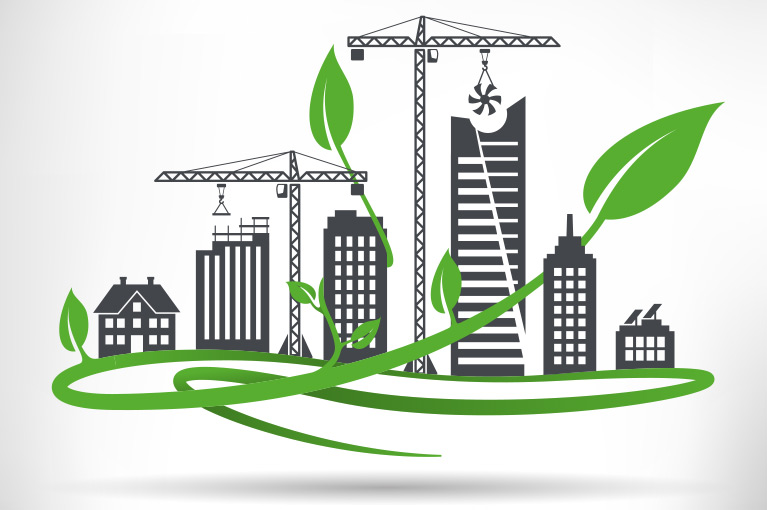Sustainable Construction: Exploring Environmentally Friendly Options
As the world becomes more conscious of the impact of human activities on the environment, sustainable construction options have gained significant attention. With the goal of reducing carbon footprint and preserving natural resources, sustainable construction practices have become a priority for many builders and developers.
Green Building Materials
One of the key aspects of sustainable construction is the use of green building materials. These materials are sourced from renewable resources or recycled materials, reducing the demand for new resources and minimizing waste. For instance, using reclaimed wood, recycled concrete, and renewable insulation materials can significantly reduce the environmental impact of construction projects.
Additionally, the use of eco-friendly materials like bamboo, cork, and natural fiber composites not only helps in conserving natural resources but also improves indoor air quality, as they emit fewer volatile organic compounds (VOCs) compared to traditional materials.
Energy-Efficient Design
Another important consideration in sustainable construction is designing energy-efficient buildings. This involves incorporating features such as proper insulation, energy-efficient windows, and energy management systems. These measures help in reducing energy consumption, lowering utility bills, and decreasing greenhouse gas emissions.
Furthermore, integrating renewable energy sources like solar panels or wind turbines into the building’s design can generate clean and sustainable energy on-site. This not only reduces the reliance on fossil fuels but also contributes to long-term cost savings.
Water Conservation
Water scarcity is a growing concern worldwide, making water conservation a crucial aspect of sustainable construction. Implementing practices like rainwater harvesting, efficient irrigation systems, and water-efficient fixtures can significantly reduce water consumption in buildings.
Additionally, incorporating water-saving technologies such as low-flow toilets and faucets, greywater recycling systems, and water-efficient landscaping can further minimize the environmental impact and help preserve this valuable resource.
Conclusion
Sustainable construction offers numerous benefits, including reduced environmental impact, improved energy efficiency, and long-term cost savings. By utilizing green building materials, implementing energy-efficient designs, and conserving water resources, builders and developers can contribute to a more sustainable future.
